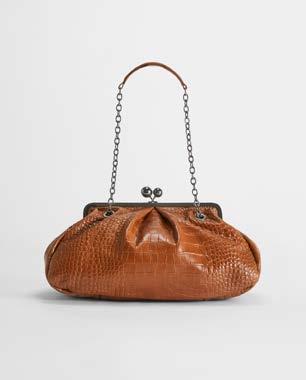
24 minute read
STYLE FILE ‘S/S 21 > 014. LONG LIVE LONGCHAMP > 032. MADE IN ITALO
from Vamp Magazine #46
T-shirt, LIBIA, €65, Weekend Max Mara, Valletta. Croc bag, BABA, €389, Weekend Max Mara, Valletta.
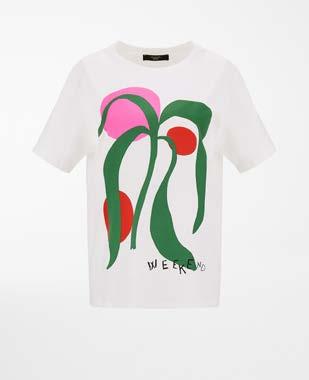
Advertisement
STYLE REPORT 21
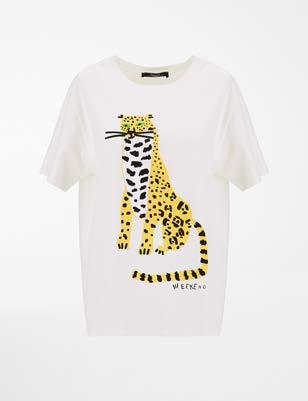
Striped bag, NOTO, €375, Weekend Max Mara, Valletta. T-shirt – LIBIA €65, Weekend Max Mara, Valletta
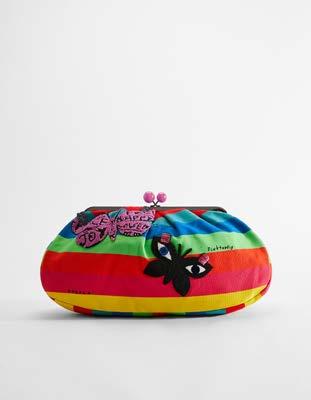
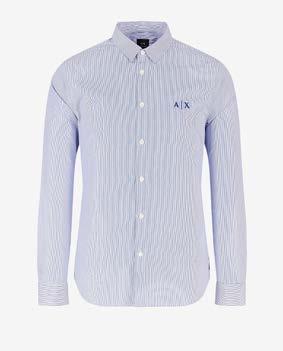
Shirt, €85, Armani Exchange Shoes, €155, Armani Exchange
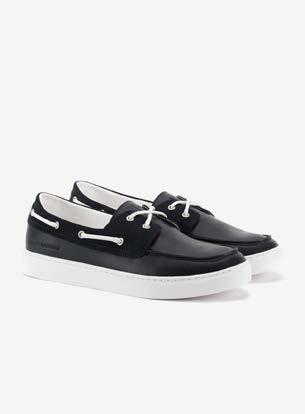
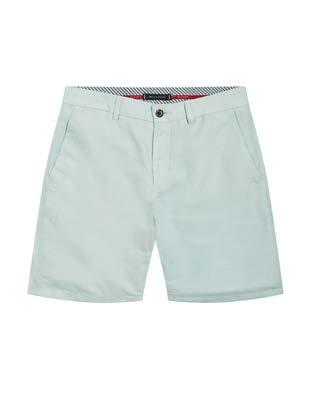
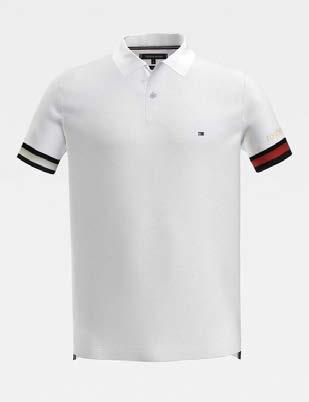
Shorts, €89.90, Tommy Hilfiger White polo, €89.90, Tommy Hilfiger
Long Live Longchamp...
The timeless French fashion house has reached global cult status, synonymous with high quality and iconic designs. Vamp looks back upon the humble legacy that started in 1948 and became an incredible success story.
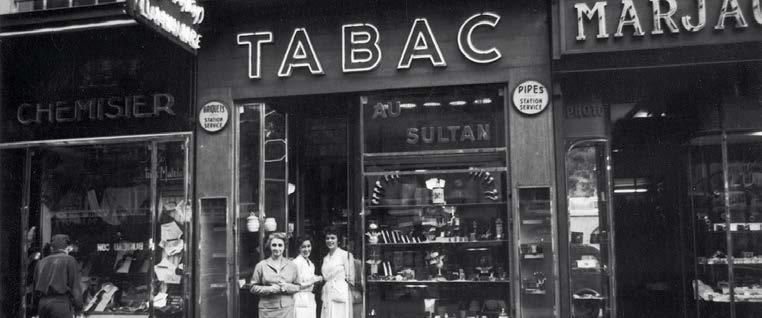
A seed was planted
On February 1st, 1948, Jean Cassegrain created Longchamp and laid the foundations for a French leather goods adventure. Located in the heart of Paris, the store was ideally placed. “It was situated at Boulevard Poissonnière, in the second arrondissement. At the foot of the building was the civette. It was the place to be back then! It was a busy shopping area. It was a quite a breakthrough, from the Place de la République to the Madeleine. The Champs-Élysées barely existed...” explains his son, Philippe Cassegrain.
For Philippe Cassegrain, the House of Longchamp is more than a company. It’s a family adventure. Born in 1937, Philippe was 11 years old when his father, Jean, founded Longchamp. As the brand celebrates its 70th anniversary, he shares his memories of the first founding decade, from the early days to the founding characteristics that constitute the essence of Longchamp. “At the time, we didn’t go to school on Thursdays, so we made cigarette cases or passport cases. For example, I had a small gilding machine to mark Longchamp in gold leaf.”
From the beginning, the first store set the tone by creating a luxury pipe sheathed in leather. Jean Cassegrain established Longchamp’s reputation by selling goods to both the international clientele wandering along the Grands Boulevards and to the Parisians frequenting the theatres of the capital. Longchamp’s success holds in four words: creation, quality, work, service.
Longchamp takes off
As early as the 1950s, the Orly Sud airport terminal in Paris exemplifies a remarkable revolution. The terminal attracts not only travellers but also tourists who come to see the planes take off from its open terraces and hoping to meet Audrey Hepburn, Greta Garbo, Romy Schneider, or Ray Charles who chose Orly to give his Parisian interviews. Philippe recalls, “Very early on, my father set up a Longchamp booth in Orly showcasing suitcases. I opened that first store. It was an adventure. By seven in the morning, I was already selling lots of luggage, and in the afternoon, I was at the office.”
Longchamp spreads its wings.
Jean Cassegrain saw an opportunity and seizes it: it is time his eldest son discovered places and learns of new cultures. At age 16, young Philippe boarded a Union-Castle liner to Africa. The following year, in 1954, when he turned 17 years old, Philippe travels to Hong Kong for the first time. After his African and Asian travels, a trip to North America follows. Over three consecutive years, Philippe travels there regularly and lays the label’s foundations internationally.
Longchamp flies
To describe Longchamp is to write a family story. The Cassegrain family inherited the passion for leather and creativity from the House’s founder: Jean Cassegrain. Today, the fashion house is in the hands of the third generation of Cassegrain: his eldest son, Jean is the CEO, his daughter, Sophie Delafontaine, the creative director, and his younger son, Olivier, leads the brand’s development of American boutiques.
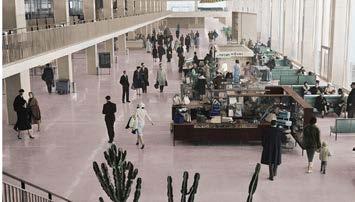
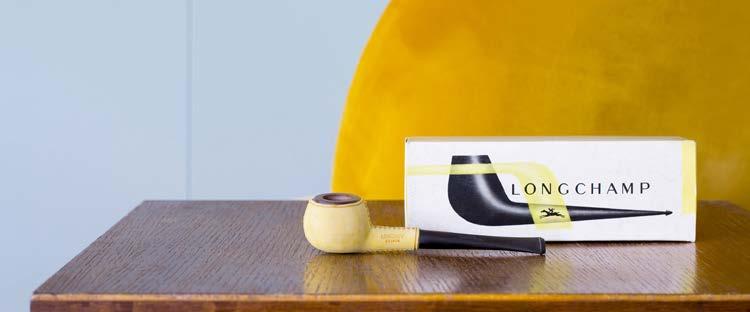
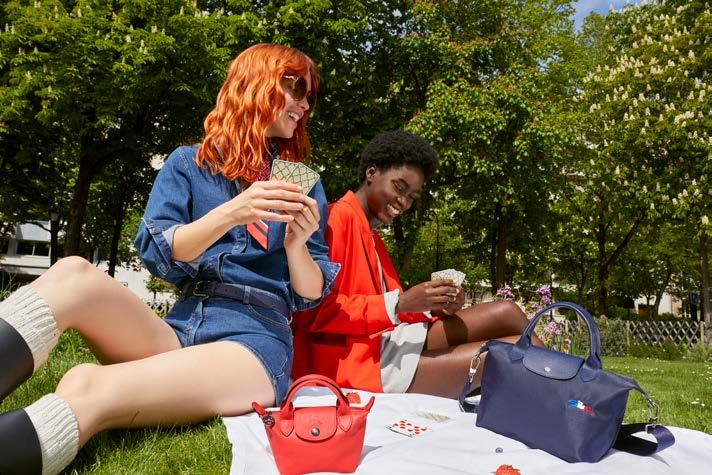

LE PLIAGE LGP – EUR240 Ideal for wandering around town with your hands free, you’ll love this perfectly-sized camera bag. With its zipped compartment and zipped pocket at the front, it easily holds everything you need for the day. Longchamp drew its inspiration from origami when creating LE PLIAGE, a light bag that has since become an iconic object worldwide.
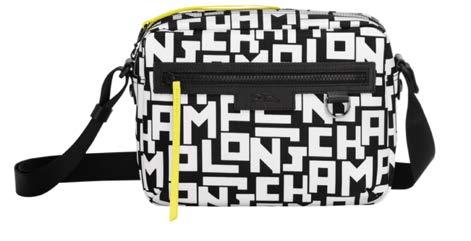
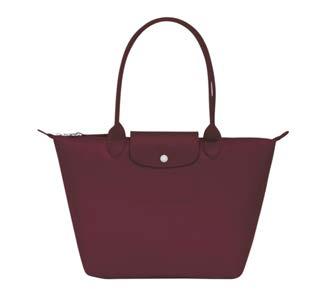
[ ...“SUMMER IS JUST AROUND THE CORNER, AND WE’VE BEEN BUSY GETTING YOU HYPED UP TO START REALLY DRESSING BEYOND THE FRONT DOOR AGAIN. BUT NO MATTER HOW MANY NEW DRESSES, SHOES, OR OTHER ACCESSORIES WE THROW YOUR WAY, SLINGING A FRESH BAG OVER YOUR SHOULDER IS STILL ONE OF THE QUICKEST WAYS TO LEVEL UP YOUR LOOK. HERE’S OUR FAVES FROM LONGCHAMP THIS SEASON!”... ]
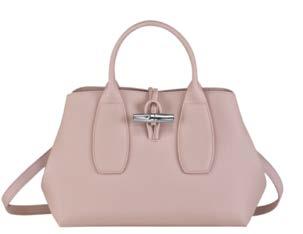
ROSEAU – €395 You’ll love this top handle bag for its sleek lines and extra-wide chapes. A must-have for every day, it easily holds all your essentials. With its removable strap, it can be worn in whatever style matches your mood. Combining simple and sophisticated style, Longchamp has totally revamped its iconic ROSEAU line. Supple, understated and not overembellished, the models are adorned with the Brand’s iconic bamboo clasp. BRIOCHE – €590 This bag with flap will charm you thanks to its small size, perfect for carrying around all your day-to-day necessities. Fitted with a delicate and sliding chain, it can be worn long on the shoulder for a smart look, short or across the shoulder for a more casual style. Beyond a nod to the irresistible pastry, Brioche is an ultra-Parisian model, both timeless and chic. LE PLIAGE NÉO – €130 This tote bag captivates you with its minimalist silhouette and compact volume. Its long handles allow you to wear it comfortably on your shoulder, while its zipper closure ensures the safety of all of your belongings. Spacious and light, the LE PLIAGE NÉO is the ideal companion for the modern city woman. The models are adorned with satin-finish nylon, embellished with tone-on-tone leather with a graphic cross grain.
LE FOULONNÉ – €180 This long continental wallet offers a comprehensive layout capable of holding coins, papers, receipts and up to 12 credit cards. LE FOULONNÉ is the iconic Longchamp line created in 1975. The cowhide has a signature drummed grain and refined sensual texture. It sets off beautifully the sober, practical style of the models in the line and comes in a wide range of colours.
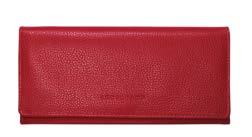
Summer is a State of Mind.
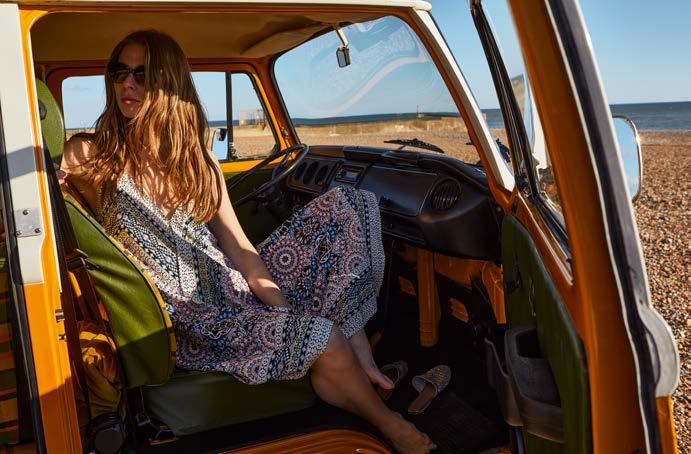

From boho-chic to maxi dresses, bikinis to cover-ups, essential pumps to the perfect sunglasses and signature bag. Monsoon has the ultimate summer outfits for any occasion, leaving you fully inspired to wear something stylish every day of the season. Pair flirty summer skirts and classic tops to create a fun casual summer outfit or wear a sheer blouse and linen suit for a good professional alternative for the office. Allow Accessorize to compliment your look, with a wide range of this seasons must haves, including everything you need for the perfect day beachside or poolside. Bikinis, cover-ups, sandals and sliders in glamorous gold or luxe suede.
If you’re looking for a variety of ways to wear your wardrobe essentials, such as white jeans on those warmer alfresco evenings, then you’ll find endless outfit combinations at Monsoon. Throw those staples together with stripes, cropped denim jackets, bright colours, or this summer’s statement- tye-dye! Not forgetting the little ones, kit them up in long wearing, intricately made fashionable pieces, true to the Monsoon style ready for adventure.
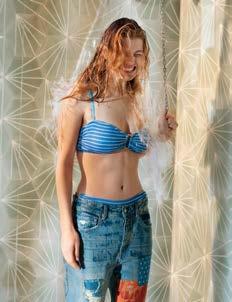
Summer is a State of Mind.
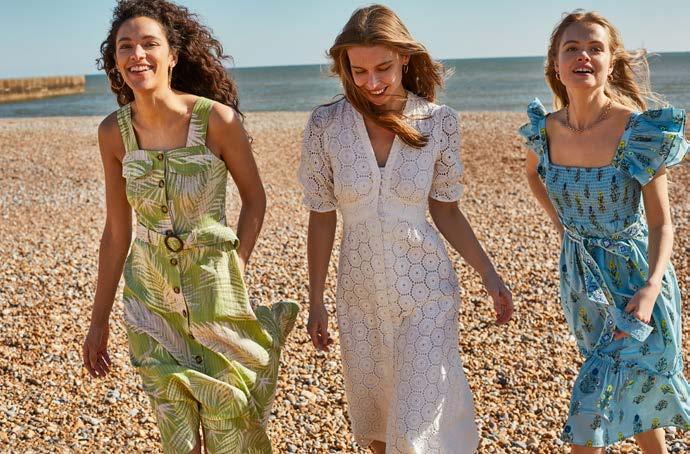

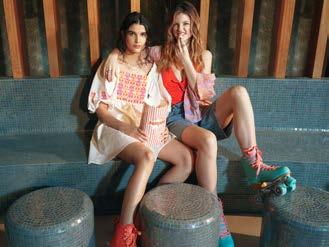
Shop direct from www.monsoonaccessorize.com (free delivery with a spend of €30 and over)
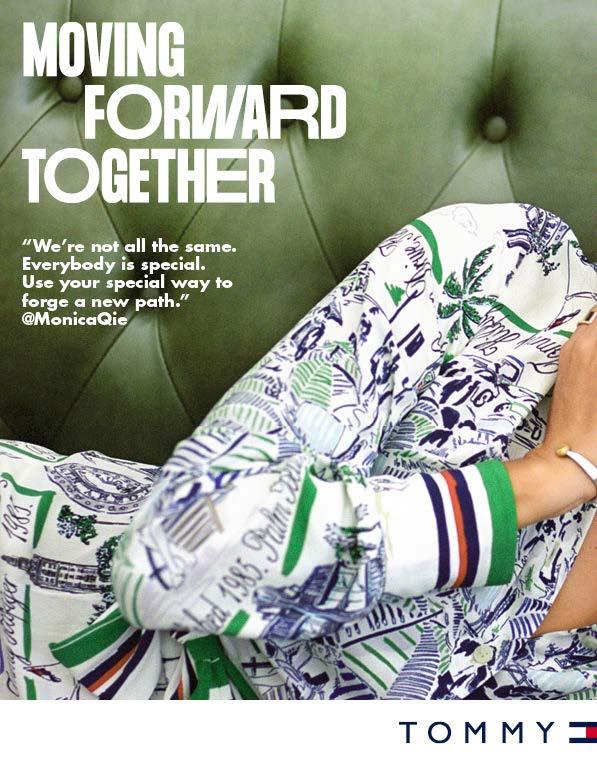

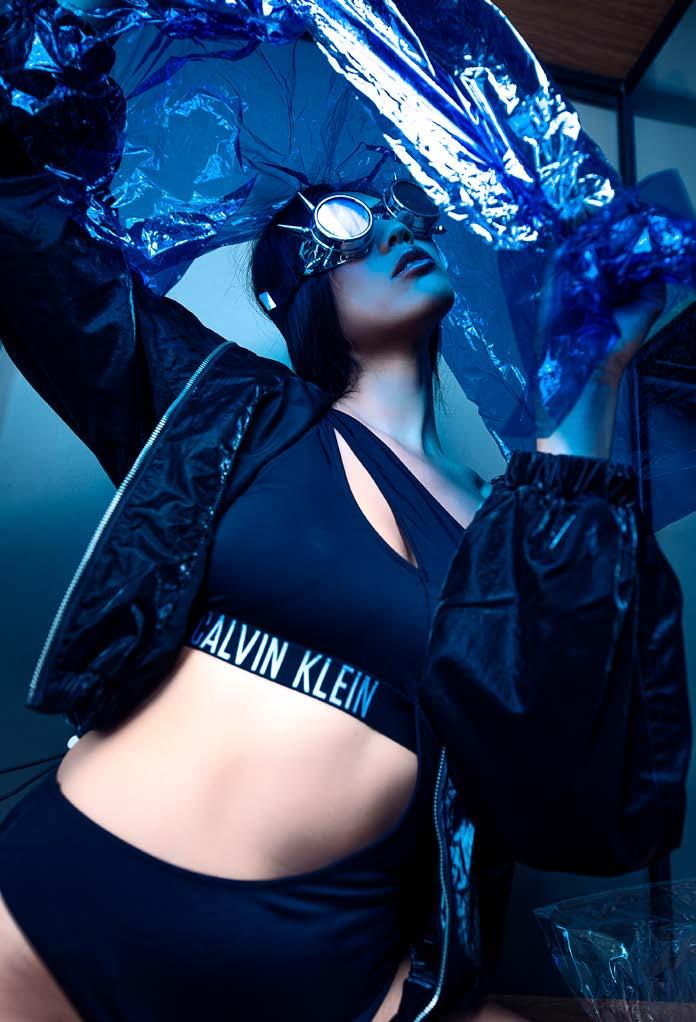
UNBOU ND
Photography - Matthew B Styling – Adriana Model – Anny Nguyen Hair – Neville Zammit Make up – Jean Zammit using Inglott
In collaboration with Vivendo, located at Mdina Road, Qormi – Official Distributor of Technogym.
CK dress – €129.90 CK Jacket – €179.90
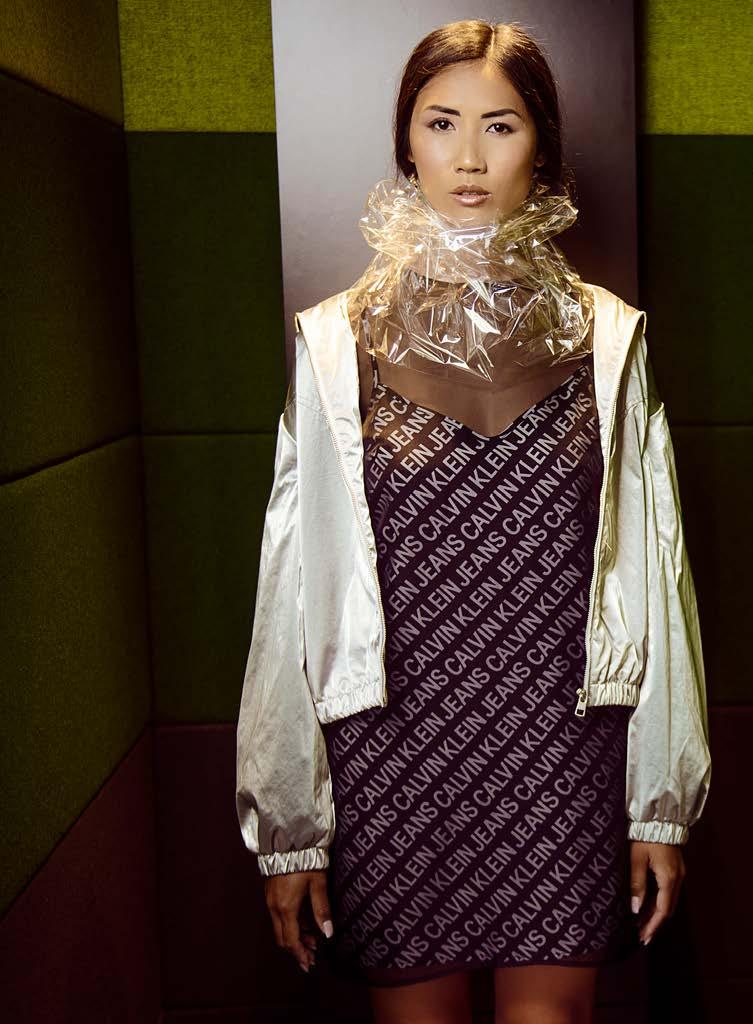
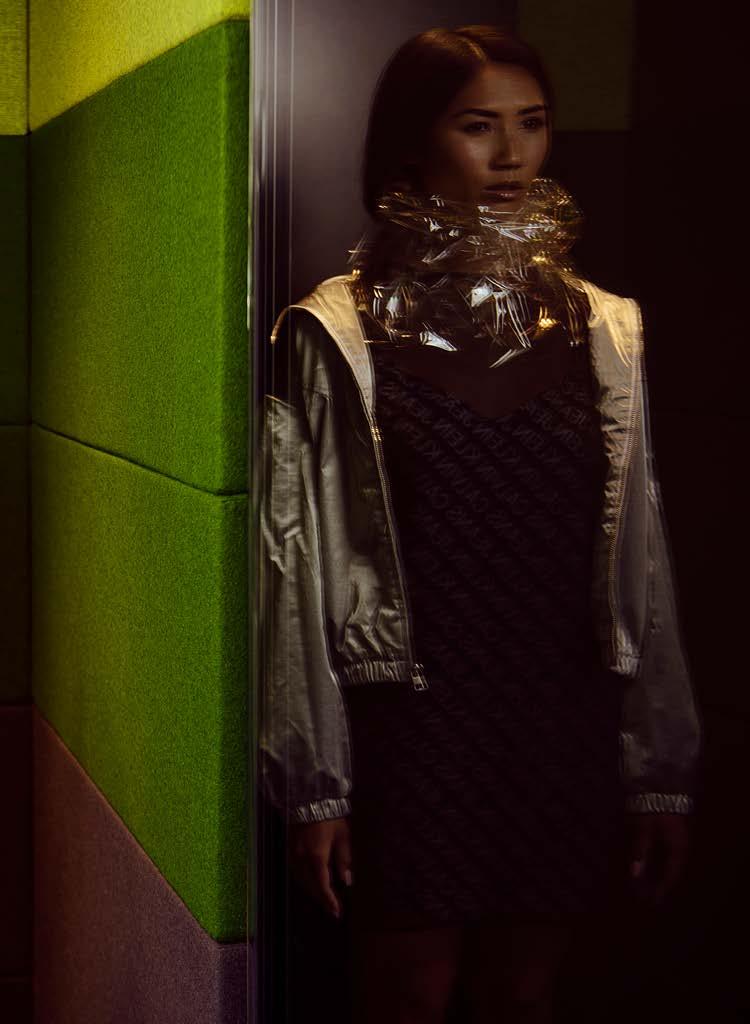
CK Bottoms – €129.90 CK Hooded top – €199.90 CK Wedges – €109.90
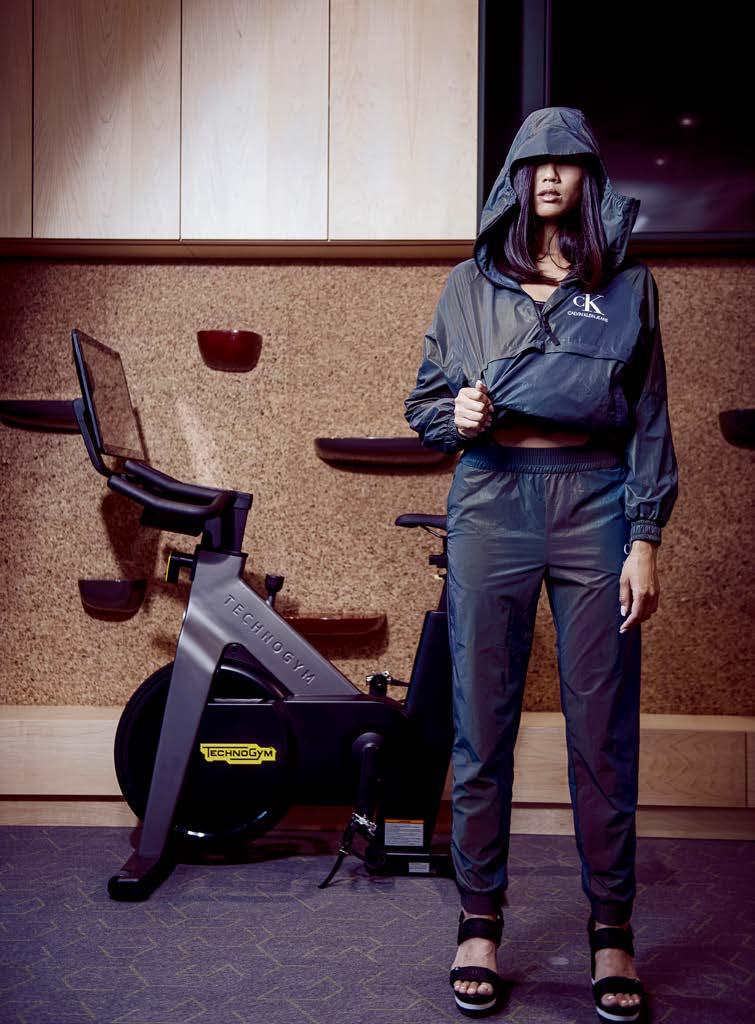
CK Bag - €69.90
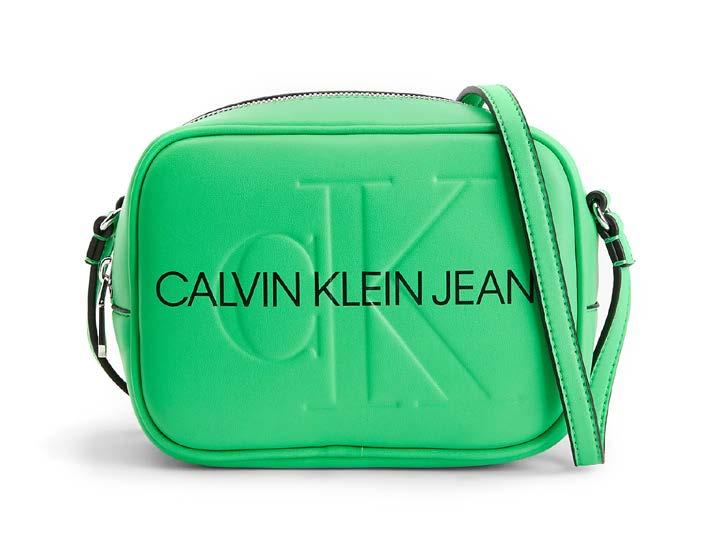
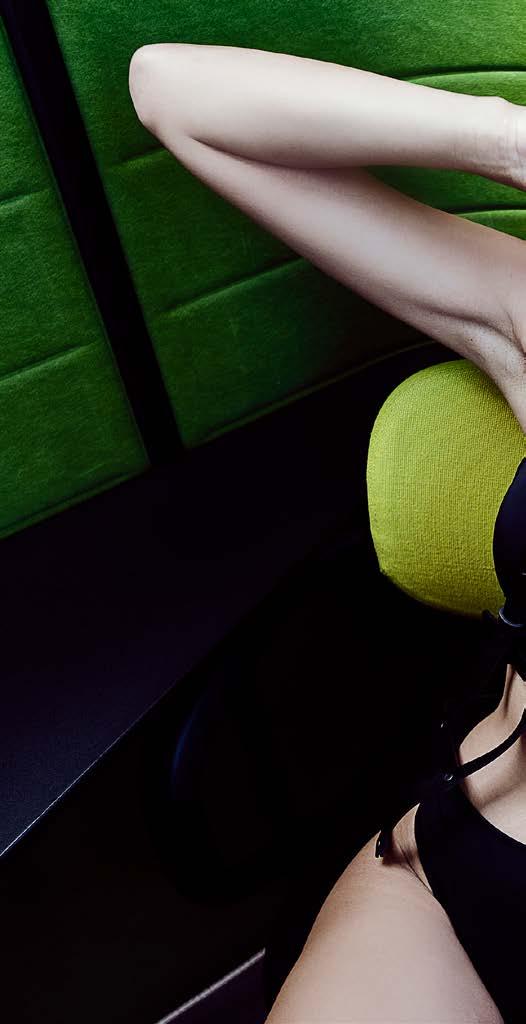
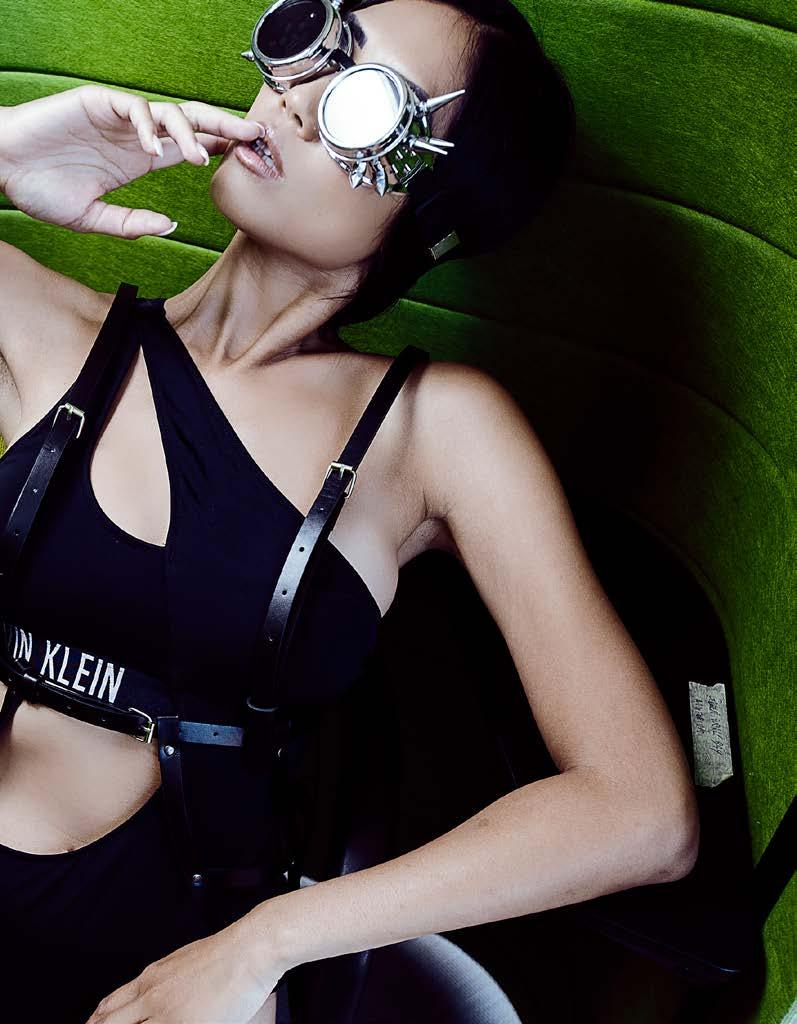

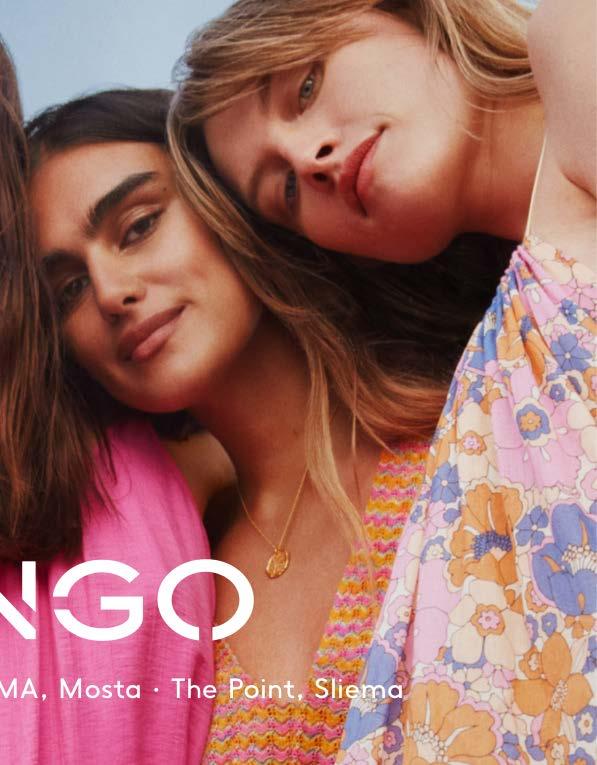
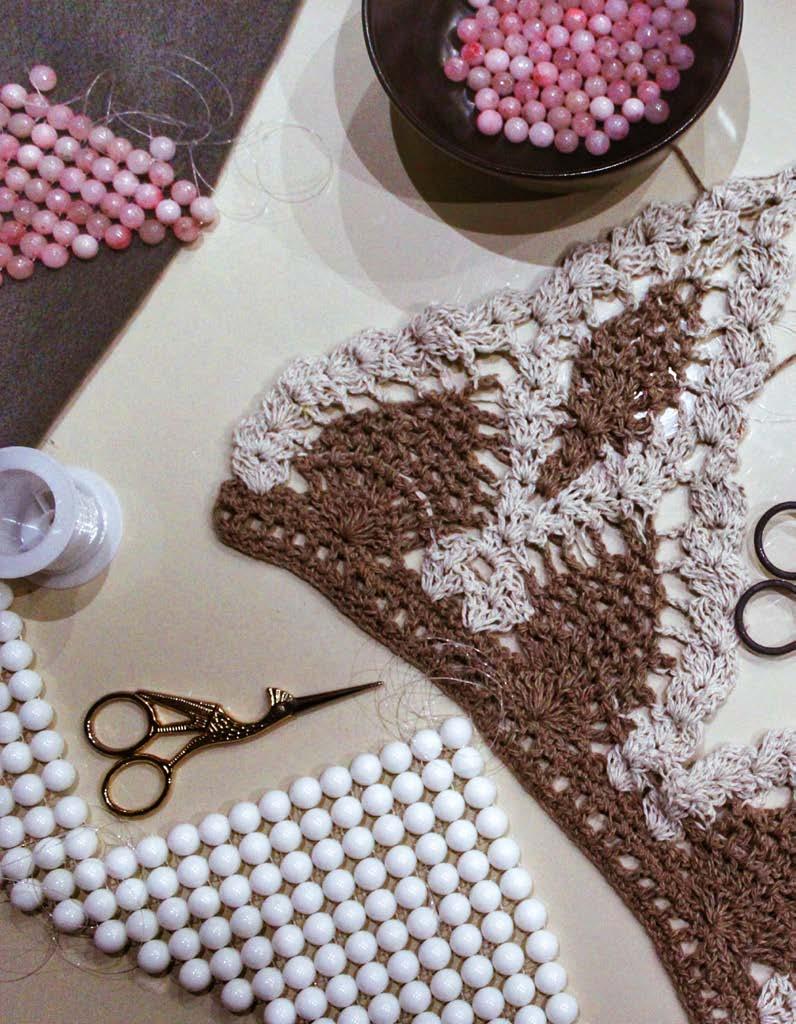
JUNE_‘21 ISSUE 033JUNE_‘21 ISSUE 033 MADE IN TALO [ ...“DESIGNER ITALO MARSEGLIA TALKS TO LIRA BEKBOLATOVA ABOUT SUSTAINABILITY, OPEN-EYED DREAMS AND HIS NEW PROJECT ‘COMMON THREAD’”... ]
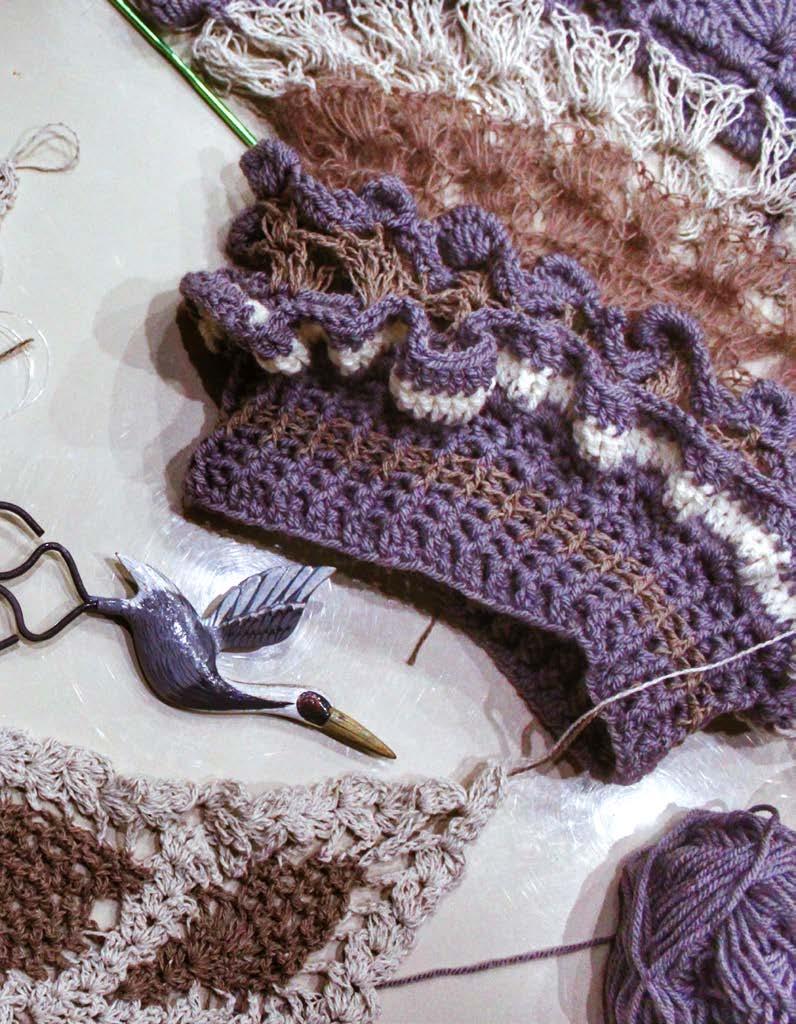
talo Marseglia is regarded among Italian fashion insiders as a pioneer of sustainable fashion. He was banging the drum for the fashion apocalypse long before it arrived. “There is no way back, all fashion brands have to become sustainable. Because that’s one of the requirements of our time,” Italo says. We were sitting in his cosy studio in the centre of Rome. He puts on his favourite music, smooth jazz, in the mood of Billie Holiday and Chet Baker. “If you’d come to this studio last year, you would have seen many people working. This year it’s only me and myself”, he says while bringing refreshments from his kitchen. The last time I saw Italo backstage before his ‘Zoomantic’ show, during Rome Fashion Week in 2020. It was an exact month before our ‘normality’ mercilessly had been burned to ashes. In a branded white robe, he was there, gloves and glasses, making sure everything is ready for the runway. That night guests were shocked by the finale of the show. Instead of a traditional ending when models are supposed to leave the runway right after the designer, they… stayed. Stayed on the runway and allowed people to come closer and to experience his work. “At that time, my team were very concerned about this idea. They didn’t want people to see an incomplete collection. But when I do my garments, everything must be perfect. I don’t want to see imperfections. I do many fittings, many adjustments on models. I don’t want to create a perfect garment after the show. I want to create the perfect garment for the show”, Italo says. “I want people to enjoy my collections, to be able to touch my dresses.” That was his third collection presented under his own name. Nowadays, Italo Marseglia is sold worldwide from the USA to Japan, aiming to become the number one demi-couture Italian brand dealing with upcycling techniques and producing high-quality garments. “I worked with Greenpeace last year. I’ve learned a lot about what real sustainability is. Trust me; it’s tough to do something truly sustainable in the fashion industry. And let me be clear: there is nothing such as sustainable fashion, but rather, there are sustainable ways of doing fashion. And this is what I am trying to do,” the designer explains. His brand embraces sustainable fashion philosophy by giving new life to recycled elements in an aesthetically pleasing way. It can be a combination of recovered textiles, pieces of lace or other precious raw materials, or progressive, sustainable printing technologies. Italo was one of the first designers who started sewing shirts from seaweed and using sustainable printing machines. “I know how much effort it takes just to create one piece of sustainable garment. Unfortunately, sustainable fashion
Iis not affordable for everybody. And also not affordable by many brands. You can find sustainable items even in H&M. But what is sustainability for them? It means that their cotton is produced without applied irrigation. Or the minimum amount of chemical substances were used in clothes manufacturing. That’s all.” Here, in the studio, on Via Piave, Italo keeps many items from his previous collections. I finally got a chance to see his cult patchwork dress from Autumn/Winter’ 19, which was presented during Alta Roma. For the record, Italo is well-known as a master of the art of patchwork. And of course, there you can find his beautiful white denim dresses from Spring/Summer’ 20 collections. “One of my favourites, by the way”, I confessed. Looking over, he added, “Ah, this was me narrating about my personal struggle with sleeping through this collection. Did you know I have immense issues with sleeping? “You mean insomnia?” I replied. “Exactly, insomnia. I never dream. I don’t see dreams. I don’t know what it means. So I tried to build them in this collection, sort of an open-eyed dream, you could say..” Now this explains the colour preferences of the whole collection: a dreamy white and light blue palette. Italo says that colours don’t exist in dreams. This was the reason why he decided to create something neutral with the accent on white colour. >>
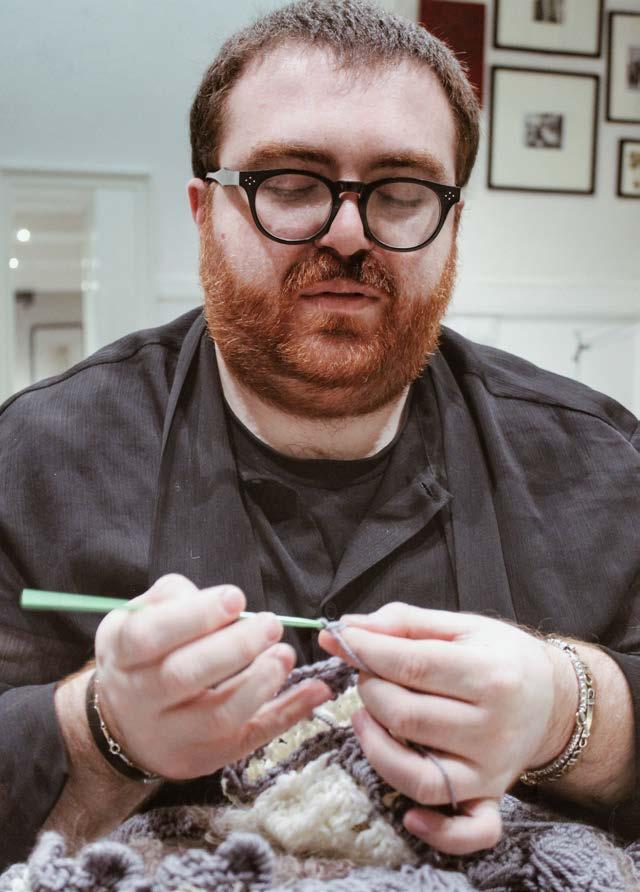

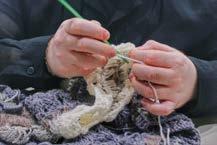
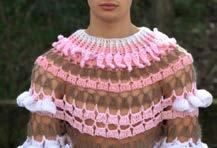
“Wait, you have to see this”, he said and walked away. A minute later, a designer comes back with the knitted blouse in his hands. “This is a common thread”, he said, almost winking. And by ‘common thread’, Italo meant the name of his new project that he launched at the time of the first coronavirus lockdown in Italy.
“I was depressed. I was so scared about not having a goal. It was not knowing what the future had in store. I didn’t know where to go, what to do. And it was a horrible experience because I am that person who would work 20 hours a day. And it was shocking to me to stay at home 24/7 and to ask myself the same question every morning, “So, Italo, what am I going to do today? In the end, I launched this crochet project.”
Italians from all over the country keep sending unwanted yarns and other materials for his new capsule project. Italo revealed that for the first time, he had to focus all his attention on himself. For the first time, he had to find a way to create his following collection without his usual squad and network. “People kept sending me packages with materials every day. From Sicily, Milan, Bologna, and all over Italy. This was delivered this morning”, he pointed to the box on his table. “Some people don’t sign their packages. I don’t know who they are! I wish I knew all their
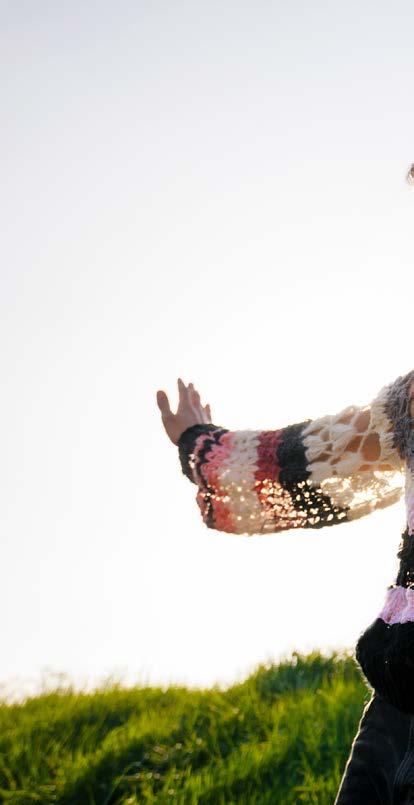
names, they are my new network” says Italo proudly. The whole crocheting process using an Italian ‘common thread’ is available on the designer’s official Instagram account.
“Seeing these amounts of boxes, they must want you to create more” I said to him. He laughs. According to the designer, producing something new is much more damaging for the planet than giving a new life for waste. Rubbish is something common today. It’s everywhere. And people are full of it. “That’s what Greenpeace taught me: to think long-term. To ask myself, how durable will my item be?”. He revealed that an establishment would negatively impact the planet while making a sustainable garment anyway. It could be pollution or СO2 emissions, leftover rubbish. Anything.
“My approach is different. I want to use something that nobody wants to use. I want to give a new life to the waste. I want waste to become sophisticated. But its hard to do so. To follow the road than nobody else went before. I had to face a lot of obstacles.” >>
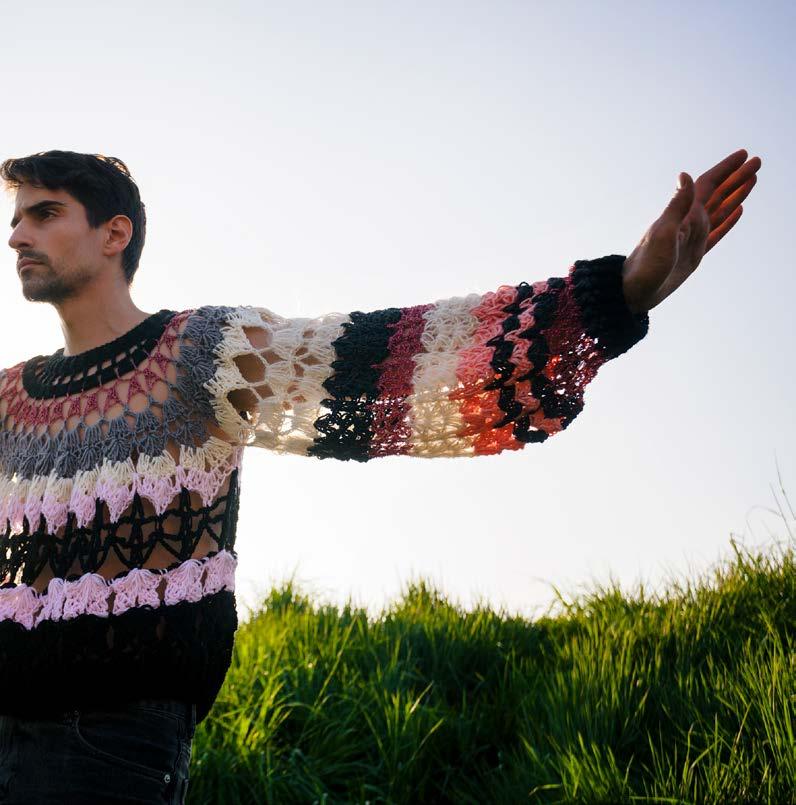
“What are your obstacles?” I ask.
“I fight almost with everybody. With showrooms, for example. I have to convince them to sell my clothes. You know, the fashion market has changed. Now you can buy a beautiful garment for a very affordable price. And you don’t care - if it sustainable or not. Because it’s beautiful and you like it.”
While the fashion world is saturated with clothes not meant to last longer than a season, Italo’s work is intended as more than an impulse purchase. “When my clients buy something from me, they don’t buy from a new emerging designer. They buy from a great network of suppliers, fabric makers, high-level Italian artisans and progressive sustainable companies. And most importantly, my garments do not impact the environment. My brand embraces all standards of ‘made in Italy’ and tries to move forward with the times.
- Well, that sounds like ‘Made in Italo’, I said. And that is true: whatever the world turns into, whatever happens, Italo will deal with it as it comes: gracefully, ethically, and following the best Italian traditions because Italo has never been afraid of giving old things new life. [ V ]
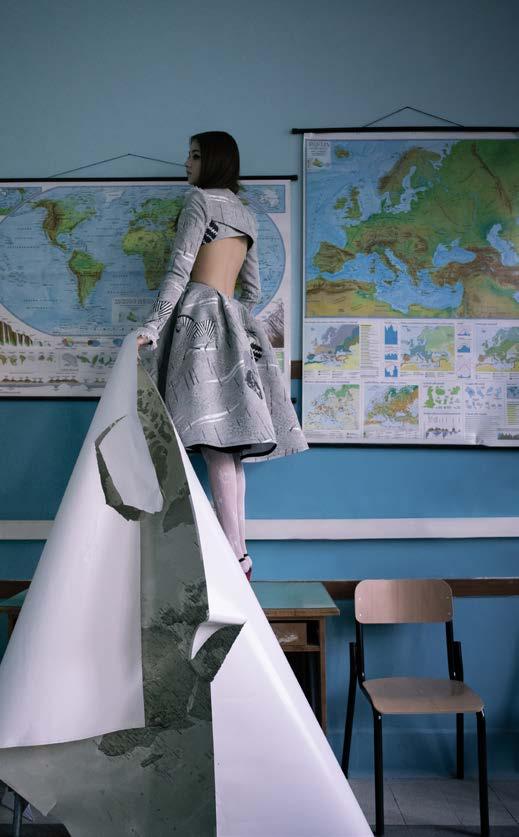
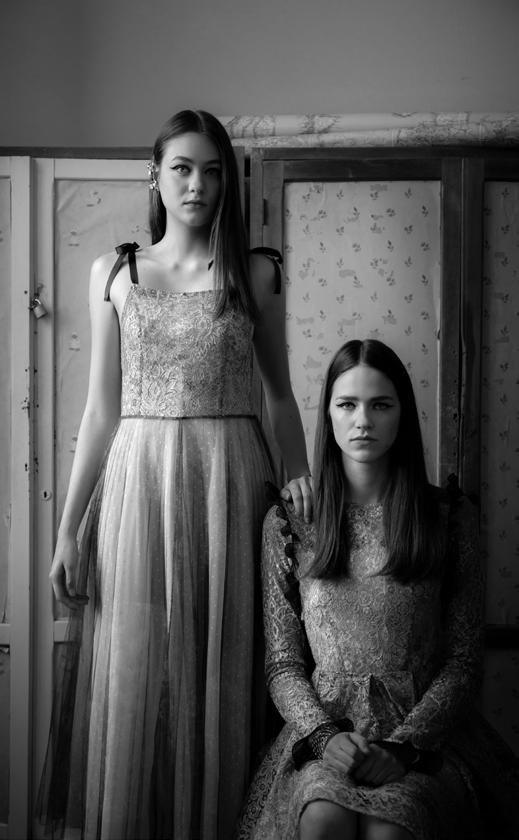
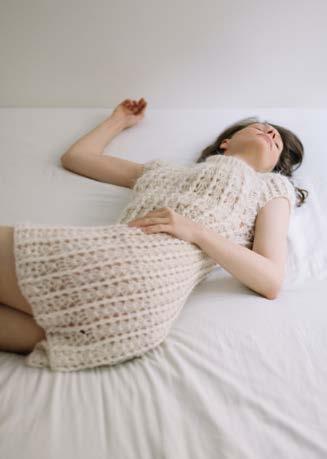
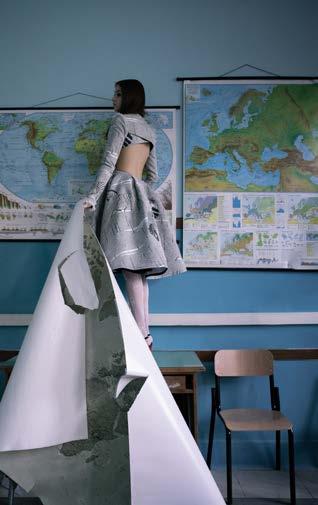
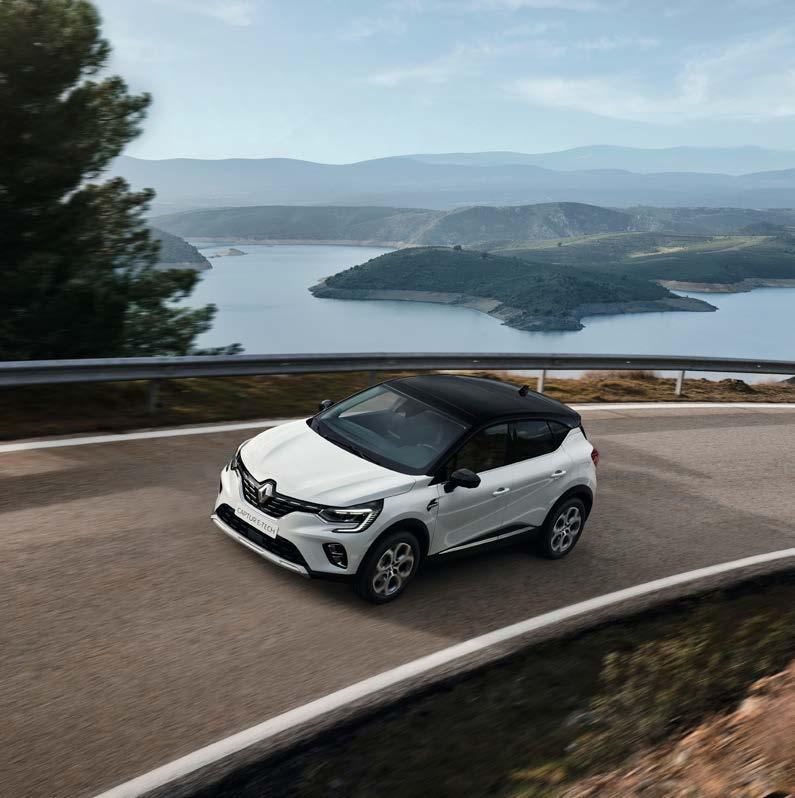
Drive Electric with Renault.
Electric vehicles contribute to the energy transition in the automotive industry by reducing the use of fossil energies for transport needs. Renault is the market leader for electric vehicles in Europe. Almost one electric vehicle in every four sold in Europe is a Renault. Electric Vehicles sales now account for around 5% of the total market.
From fully electric, to the E-TECH Hybrid and Plug-in Hybrid range, driving green has never been easier thanks to Renault. The range of vehicles extend from passenger to light commercial vehicles.
#1 Renault Clio E-Tech - the hybrid city car For 30 years, Renault Clio has stood for freedom, low running costs and versatility. Now with a super-efficient hybrid drive, Renault Clio E-TECH guarantees considerable long-term cost savings thanks to the option of driving in all-electric mode on everyday urban trips. The combination of petrol and electricity makes for smoother handling and more agile driving thanks to greater onboard power. The Renault Clio E-TECH hybrid perfectly meets all the demands of discerning drivers. The car’s build, compact, means that it is still perfectly comfortable in cities, where it can cruise around noiselessly thanks to the electric part of its hybrid drive.
Performance of Clio E-TECH hybrid
This technical feat is achieved by the presence of an engine and two motors, being: a 1.6 litre four-cylinder combustion engine designed for hybrid use, and a 35-kilowatt electric motor and an improved 15-kilowatt alternator-starter. The Clio E-TECH hybrid enables the use of the combustion engine and electric motors either separately from one another or together. When used together they total 141 horsepower, which means the Clio currently packs the most power on the market within its segment.
A self-charging battery
There is no need for a power plug to charge the Clio E-TECH hybrid battery. Charging takes place automatically whenever you drive the car. The Clio also boasts the “B mode” position on the automatic stick shift panel which activates advanced regeneration, further optimizing the amount of energy sent to the battery. Save on fuel with the Clio E-TECH hybrid The B-mode driving features make the Clio E-TECH very agile and comfortable to drive. Its drive is cost-effective in cities, where up to 80% of the driving can be electric, without using any fuel. So, consumption can be 40% lower than that of a regular gas-powered! This mode can be selected using the “EV” setting on the dashboard, given the battery has sufficient charge. >>
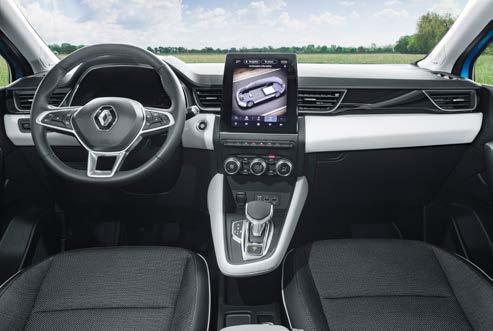
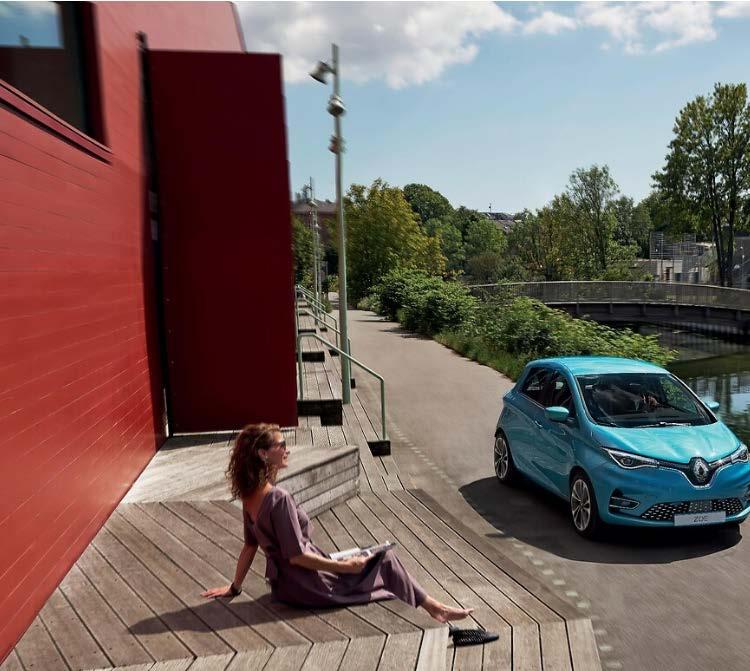
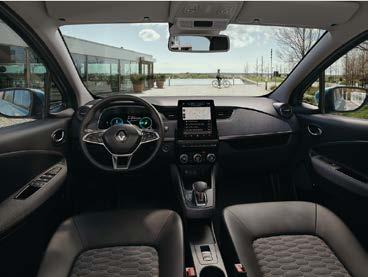
Rolling into the Future
#2
Renault Zoe – the Award Winning 100% electric car
Renault’s iconic 100% electric car, the new Renault Zoe has been named Best Small Electric Car for Value 2021 at the What Car? awards ceremony. It’s impressive range of up to 395km, it’s soft touch interior & modern exterior look and lastly but not least its great driving experience were all noted winning features. Renault Zoe reinvents electric mobility. Enjoy smooth, zero-emission driving without engine noise or speed. New B-Mode for Renault Zoe
A new driving mode which simplifies stop-and-go traffic, city traffic and traffic jams is being introduced on the New Zoe. “B mode”, provides intensified decelerations allowing a reduced use of the brake pedal. Hence, increasing comfort by allowing a more relaxed drive.
The New Zoe will charge from 0-100% in 9 hours and 25 minutes from a 7kW wall box. When purchasing a New Renault Zoe in Malta / Gozo, a home wall box charger is given for FREE. Alternatively, you can also make use of the charging point locations available around our islands. Whilst the vehicle comes with a 5-year warranty, for further peace of mind the Zoe also comes with an 8-year battery warranty, giving you confidence in Renault’s electric technology and on the road.
New car buyers of a New Renault Zoe are also able to apply for a government grant that entitles the buyer of a new EV to receive €8,000 plus an extra €1,000 if an old vehicle is scrapped in the process. An EV owner may also benefit from making use of Bus Lanes in Malta. This will certainly come in handy in peak traffic hours!
More than €268,000 Zoe have been sold in Europe since its launch, which also makes the Renault Zoe the best-selling electric vehicle in Europe!
We know there is a lot of information to take in when looking / comparing new cars – do remember we are happy to help make sense of it all. If you have any queries, please don’t hesitate to contact us, you may email us via info@autosales.com.mt, visit our Renault showrooms in Lija or call us on 21433601. [ V ]
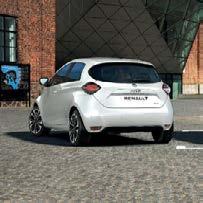
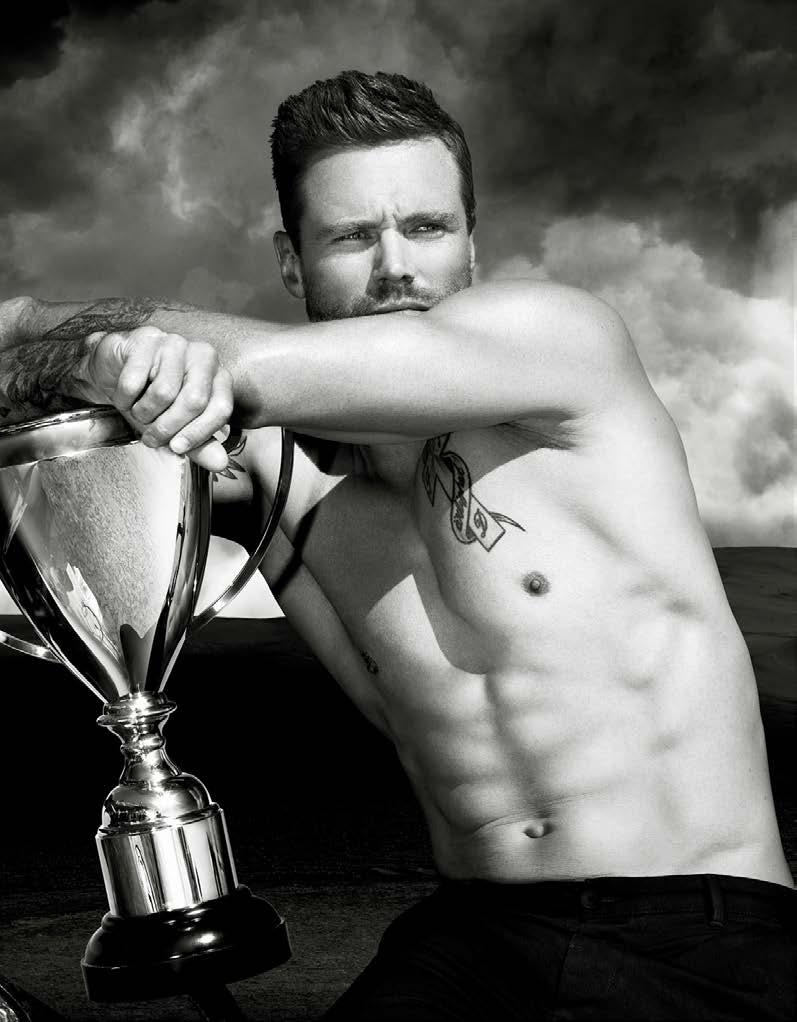
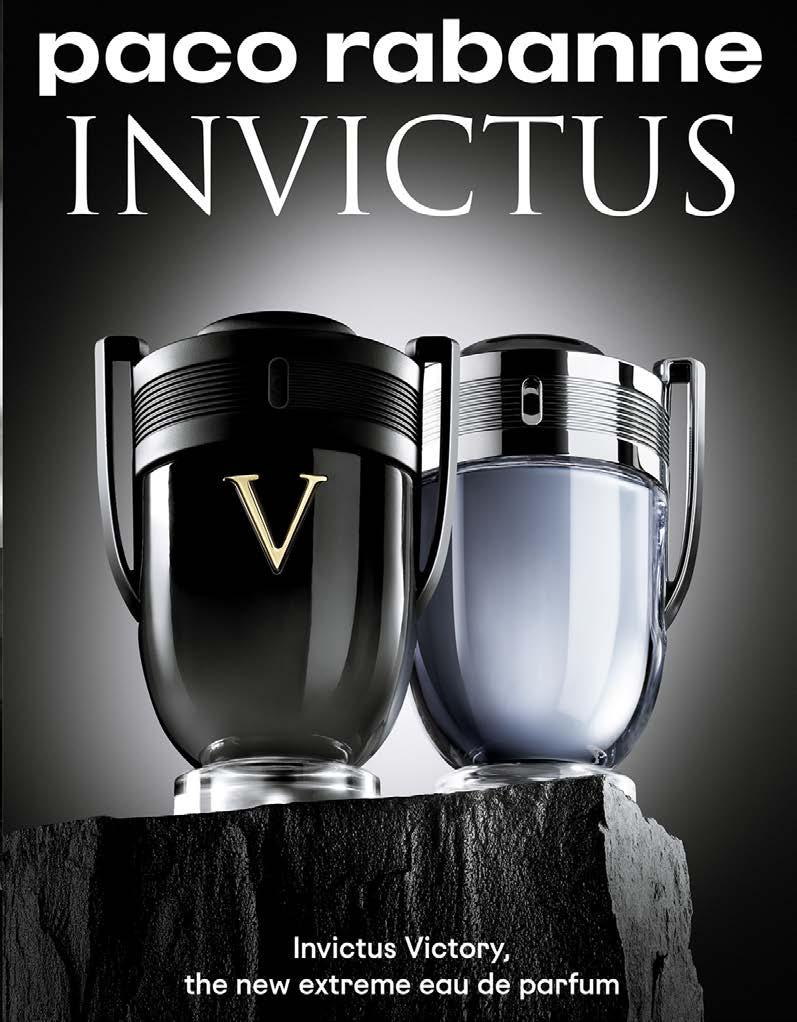
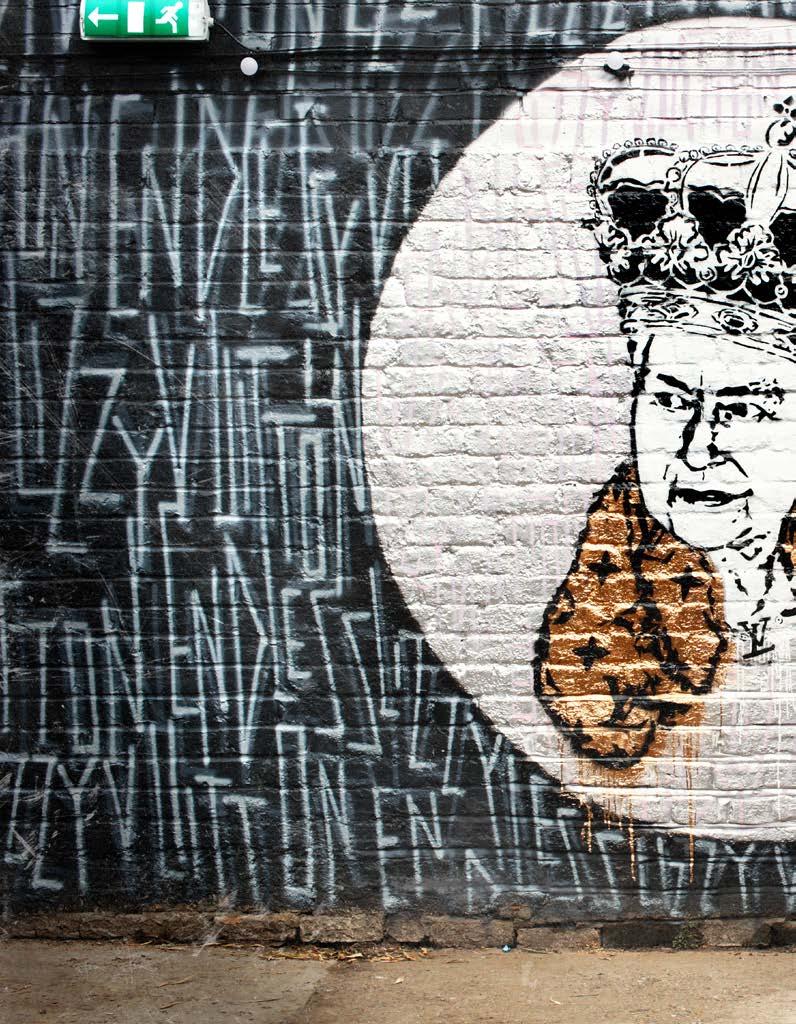
De No The Ordinary Amaz Story
Meet the London based contemporary artist reverberating across the globe. This is no ordinary story. This is the story of Endless.
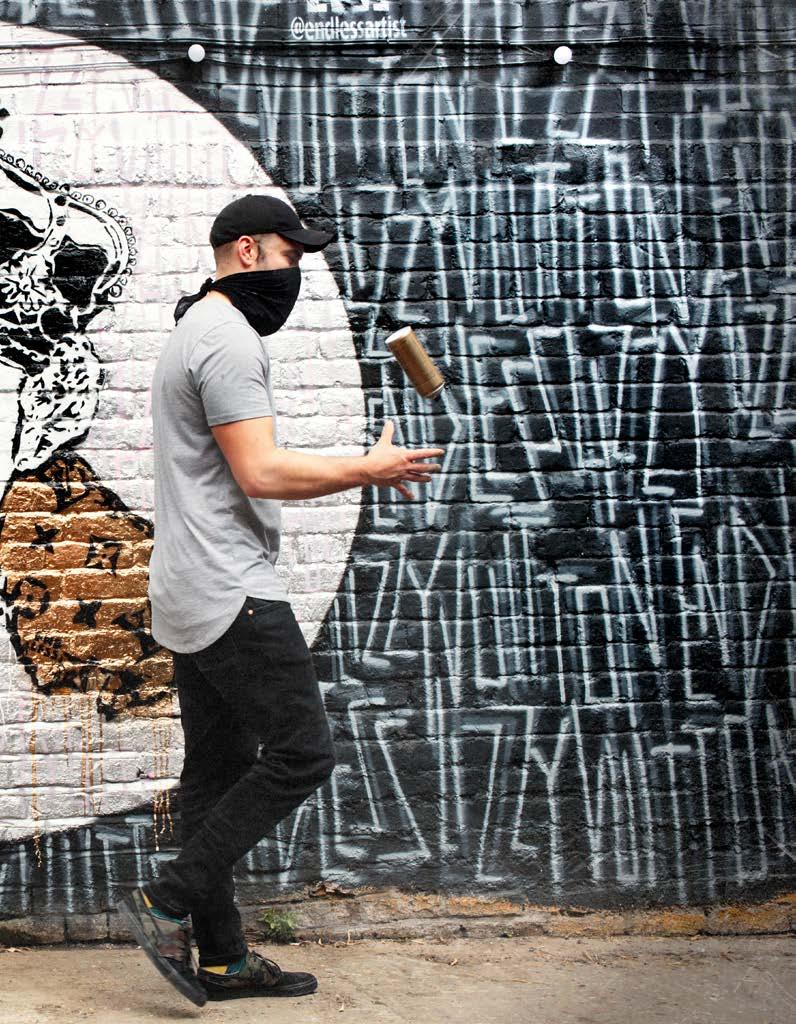
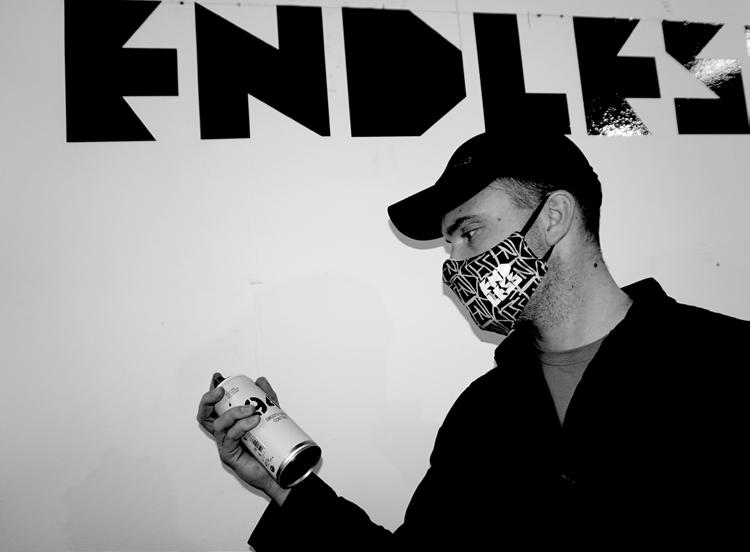
At the first glance of Endless’ work, you’ll notice right away much of his work portrays a neutral homage to the key elements of society today, spanning a wide range of subjects such as brand worship, advertising, consumerism and celebrity culture. Endless makes much of his art on the streets, but his work can also be found in London galleries and homes of well-established collectors worldwide. Vamp magazine caught up with the renowned artist to find out more.
What spurred your interest to follow this creative path? I have been creative ever since I can remember and always knew I wanted to be an artist. I went on to study fine art for six years and worked hard after graduating to become a working artist. There was nothing else I ever wanted to do.
How did your upbringing influence your work?
I grew up in the rural Suffolk countryside, which made me want to move to London and experience city life. The stark contrast in country and city life always interested me. My parents have always been highly supportive from a young age and encouraged my creativity, which always allowed me to express my creative imagination. >>
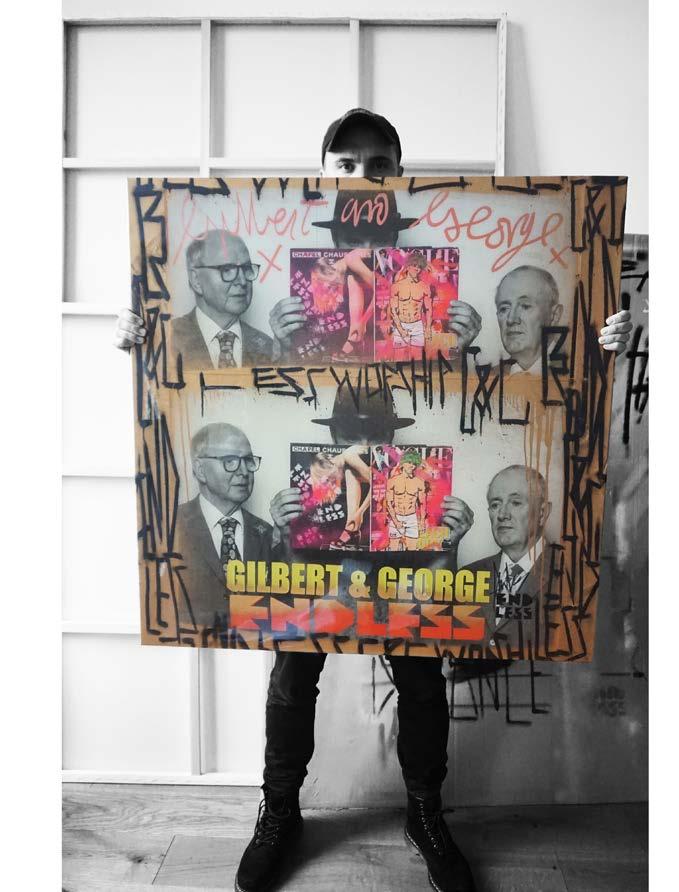
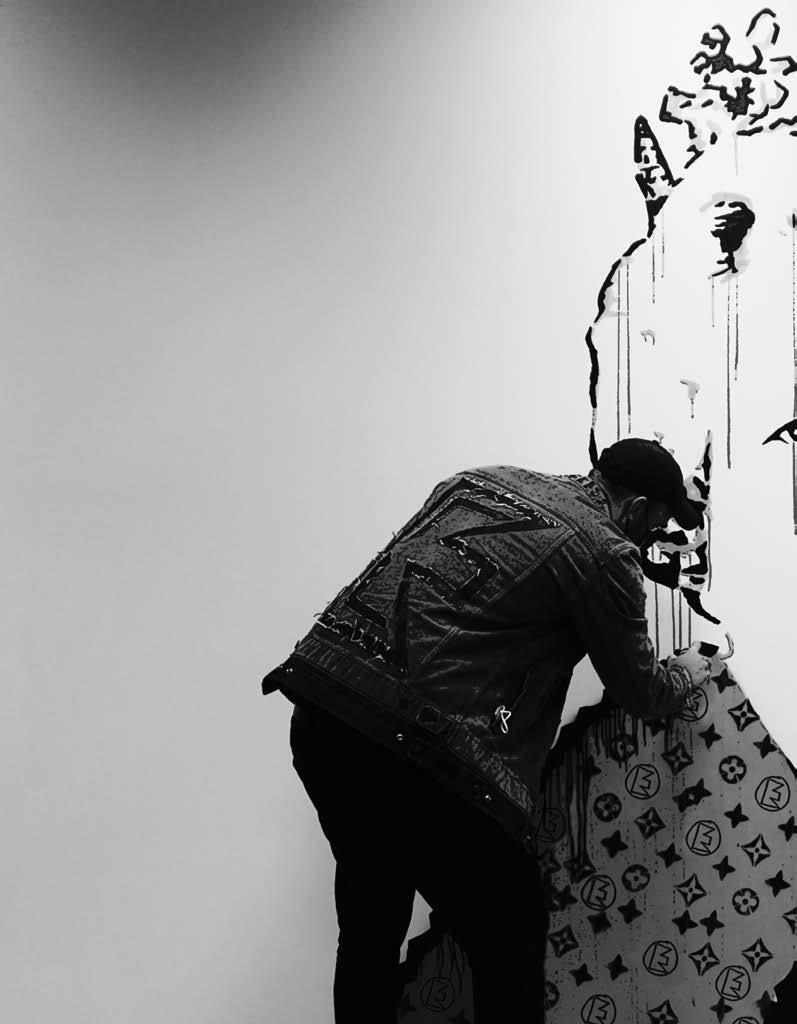
You’re an exceptionally varied artist- do you have a preferred discipline?
It depends on the particular artwork, but the best way for me to portray my ideas is via paintings on canvas, with acrylic and spray paint. I also like the aesthetics of mixed media artworks, with layers of collage. I try to split my time between putting art up on the street and creating artwork on canvas; both are important to me.
Can you describe your creative process?
Most of my artwork starts digitally in the design phase. I use photoshop almost as a sketchbook. I can express and experiment with ideas quickly and almost make a digital render of each piece before taking it to a canvas. The most time-consuming part of the process is coming up with the idea and putting it together. The easiest part of the process for me is physically making the painting.
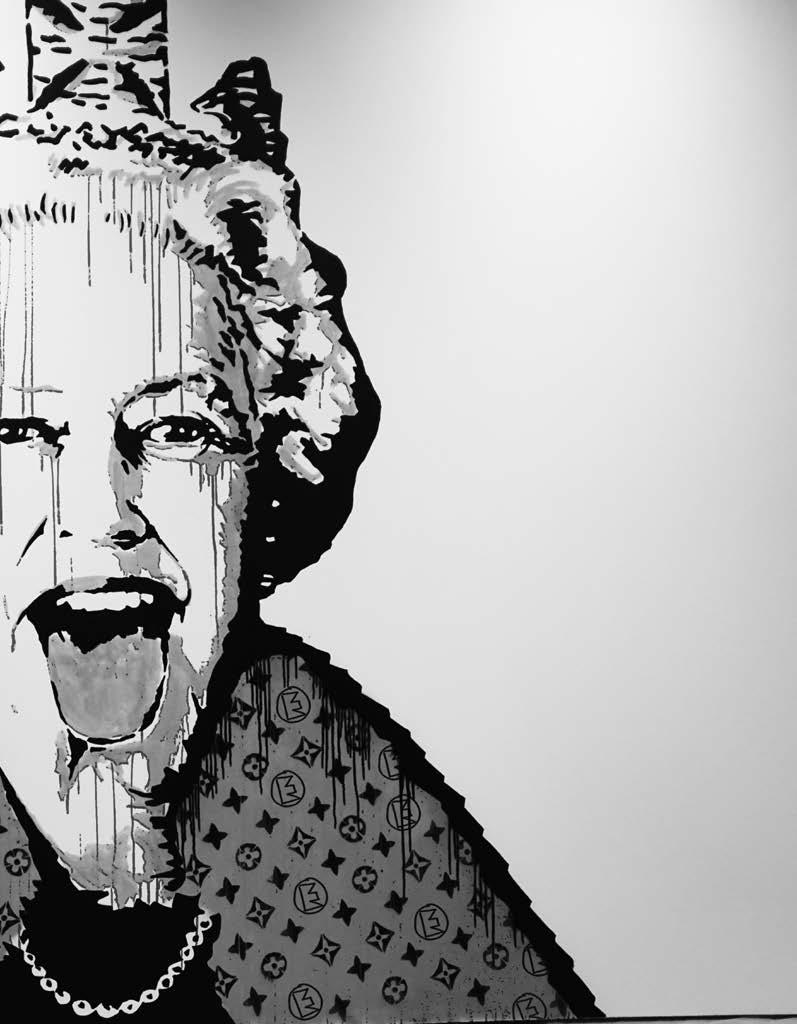
How would you describe your style at the moment?
At the moment, I am enjoying creating my new magazine cover artworks. I think people are enjoying them because they can relate and recognise recent news stories that are featured. I am creating a lot of mixed media works at the moment. I have been experimenting with 3D digital renders printed onto a canvas, combined with layers of stencilled and freehand painting. >>
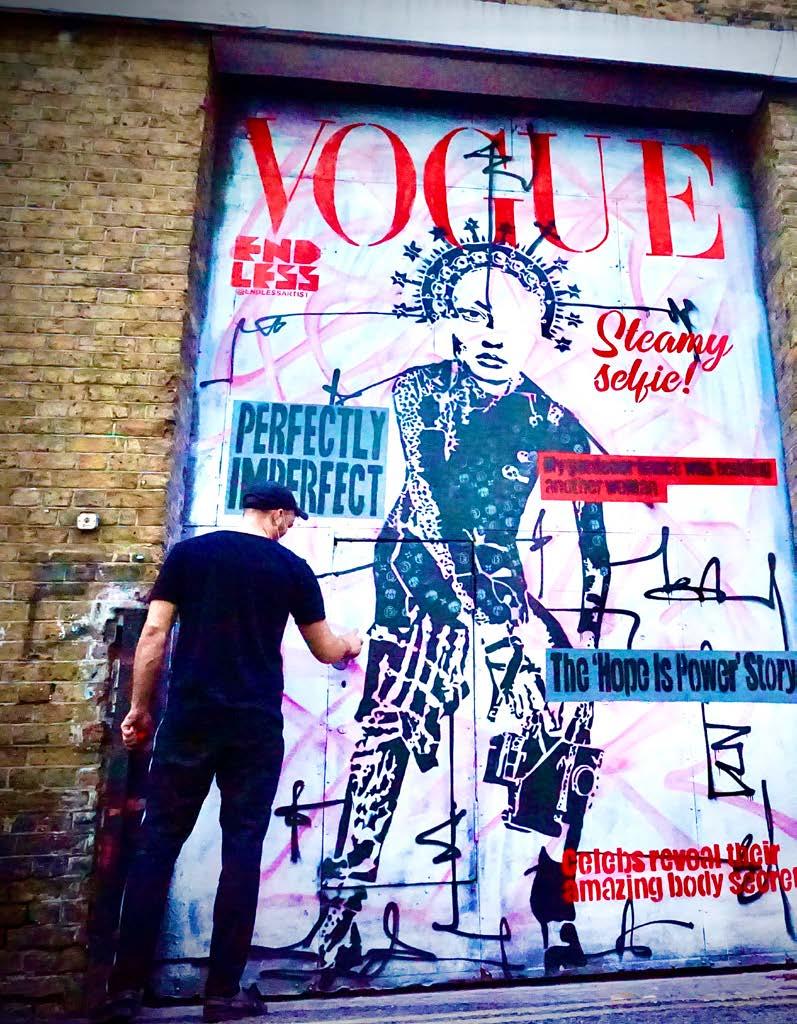
What’s the most challenging part of being an artist?
Sometimes I feel that I have too many ideas all at once, and it can become overwhelming if I don’t have the time to get all the ideas out. Every artist has the burden of never being satisfied with their work. I try to use this as the driving force that keeps me pushing forward with my ideas and creativity.
Is it hard to part with your work?
At university, we were taught not to be precious with our ideas or our work, so I have always had the mindset of letting the work go, emotionally, once it is finished. This is similar to showing my work on the streets - the street art could last a day, or it could last a year, it is out of my control. Either way, it may have impacted at least one person and served its purpose. [ V ]
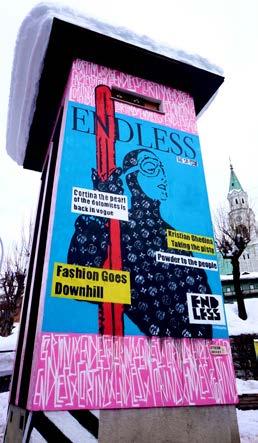
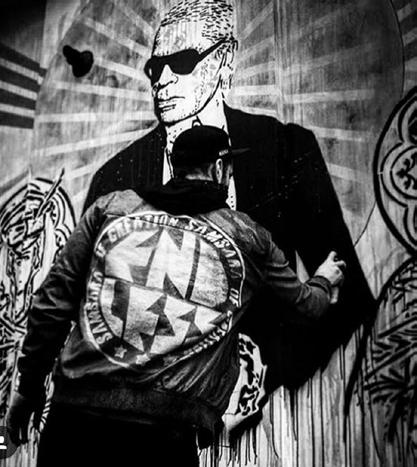
For more information visit www.endlesstheartist.com
Endless is represented by Cris Contini Contemporary Gallery – www.criscontinicontemporary.com
Follow Endless on Instagram - @endlessartist



